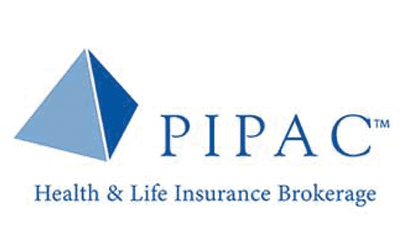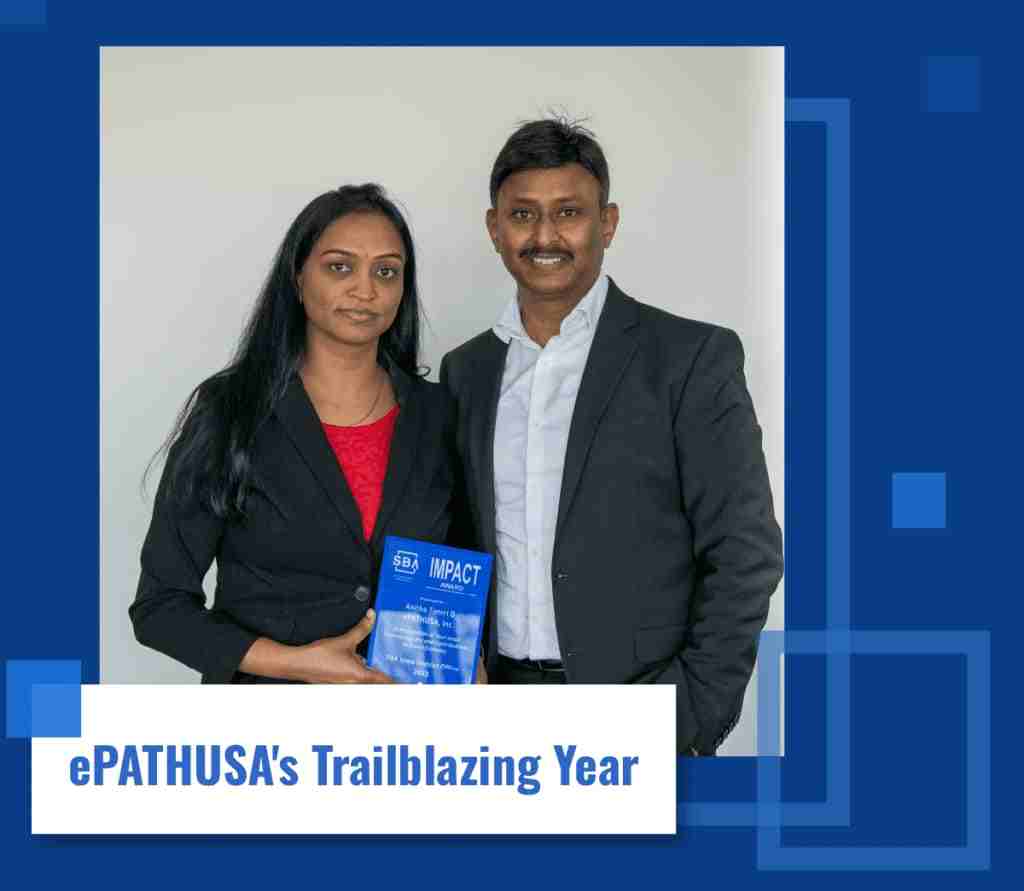Project Description VOX Network Solutions is a telecommunications company that offers converged voice and data services . It provides consulting, contact center, collaboration, network, security, managed services and a prescriptive process methodology to businesses. Project Objectives To provide Avaya IVR system and its infrastructure support to Vox Network Solutions on an ongoing basis as per the business needs. Detail Description The provided Avaya IR system is an interactive voice response...
Instead of buying and installing software or hardware, you rent Infrastructure to run on in a virtual environment. This type of cloud computing is one of three main categories, along with software as a service (SaaS) and platform as a service (PaaS.).
IaaS can be a cost-efficient option for any organization where the cloud provider manages resources such as storage, servers, and networks and delivers them to subscribers. IaaS benefits enterprises by potentially making workloads faster, easier to manage, more flexible, and cheaper.
What is Infrastructure as a Service architecture?
In the Infrastructure as a service model, a cloud provides the on-premises elements to deliver a data center experience. This includes server hardware, the virtualization element, and storage and networking equipment.
Companies that provide Infrastructure as a service, such as Amazon Web Services, offer many additional features with it, including:
- billing on a detailed infrastructure network.
- monitoring and Infrastructure a
- logging access
- Infrastructure as a service security
- load balancing
- Infrastructure as a Service Clustering
- Infrastructure as a service/backup and disaster recovery
Cloud computing enables users to use automation and orchestration to implement policies that make details of their Infrastructure smaller and more efficient. For example, a user can set load balancing policies to ensure that their application remains available and performant.
What makes IaaS so powerful?
With this technology, users have access to all the resources they need to install their software and use the services of the platform provider. In addition, these providers can offer customers monitoring tools and information on when and how much resource use has occurred so that they may participate in the control and management of their own computing needs, as well as provide disaster recovery equalization options or opportunities.
Cloud computing models require a service provider. This provider is usually a third-party organization that provides IaaS, meaning the cloud computing company already has a presence in its Infrastructure. A business might also deploy its private cloud, becoming the provider of services for that Infrastructure.
Why IaaS is more flexible, scalable, and secure?
Businesses are choosing to switch over to IaaS because it is more convenient, faster, and cost-efficient. In addition, with IaaS, you can rent or lease your Infrastructure from another business.
If you need to run a temporary workload on the cloud, like one that changes often or is experimental with unpredictable demands, then IaaS providers are your answer. Cloud computing services like IaaS provide the resources needed for a faster project than traditional Infrastructure can offer.
Once the new software is thoroughly tested and refined, it could be deployed in a more traditional, on-premises environment. Conversely, if the cost of committing to a long-term deployment is less than a traditional one, the organization can save on that type of deployment.
Businesses can use IaaS providers to save significant capital on hardware and software by paying only for the resources they use.
Private cloud offerings with extreme control and scalability still exist, even when using a public cloud provider. However, ownership costs of the hardware are at hand.
Disadvantages of IaaS
Cloud billing is a convoluted process that can confuse large businesses and cause problems where large service fees are incurred. Oversee your IaaS usage and bills, so you don’t find yourself with excessive bills for services not used.
Insight is common when using IaaS, making it difficult to manage or monitor your system. However, the lack of detail from the infrastructure provider, systems management, and monitoring problems are associated with this.
IaaS users are concerned about the reliability of IaaS providers in the event of internal misfunction or external downtime. In addition, the multi-tenant architecture makes it difficult to pinpoint noise from noisy neighbors.
Differences between IaaS, SaaS, and PaaS
Different cloud computing models can be integrated into a multi-tiered model. For example, one characteristic of PaaS and SaaS is that they offer services related to the computations of IaaS, as well as services for data storage and access.
A PaaS offering provides a simplified way for businesses to move into cloud computing with servers, networks, and operating systems provided by the infrastructure provider. However, compared to IaaS models, the cost of using this model is often higher because overall business control is more restricted.
SaaS provides all the infrastructure and applications for users to use in exchange for a price. Users can have some say in how they use the application and who can use it, but SaaS manages everything else.
A guide to using IaaS
IaaS can be used for a large variety of purposes. Computer resources generated by cloud computing can be used to fit a variety of use cases. The quite common use cases for IaaS deployments include the following:
IaaS allows organizations to have the main Infrastructure, which can be leveraged for different environments. It is easy for them to scale up and down by adding and removing resources when needed.
Additionally, hosting a website through hosting companies makes it more affordable than traditional methods.
Managing data storage has been simplified by IaaS cloud management. Now businesses have the flexibility to scale up and down their data storage needs. This is helpful by setting aside time and resources to manage legal and compliance requirements of data storage when demand increases or decreases.
Web applications are hosted in the cloud with IaaS. An IaaS-based template provides the necessary servers, storage, and networking resources for web apps. As a result, deployments to the infrastructure are rapid, which allows for easier scaling up or down according to demand. Specific tasks created by machine learning instead of the core functions expected from a computer, like analytics, finance, and product design, may demand high-performance computing.
Data warehousing and big data analytics. IaaS can provide the necessary compute, storage, and processing power to comb through big data sets.
Discussed here are the major IaaS product providers.
In a few examples, IaaS products offered by three of the leading public cloud service providers– Amazon Web Services (AWS), Google, and Microsoft– include:
AWS offers storage services such as Simple Storage Service (S3) and Glacier, as well as compute services such as Elastic Compute Cloud (EC2).
Google Cloud Platform offers storage and computing services for you.
Azure virtual machines offer a wide range of services for workloads in the cloud.
IaaS providers offer a wide range of services, including serverless functions, such as AWS Lambda, Azure Functions, or Google Cloud Functions; database access; big data computer environments; monitoring; logging; and more.
There are many other smaller or more niche players in the cloud computing marketplace. These include these products:
- Rackspace has defined a managed cloud.
- IBM private cloud infrastructure
- IBM Cloud Data Storage
- CenturyLink Cloud – A Highly recommended Network
- Digital Ocean Droplets
- Alibaba’s Elastic Compute Service
- Alibaba Cloud
- Alibaba Elastic GPU Service (EGS)
Be careful before choosing a provider and be ready to select an alternate provider if the service has a reliability issue or needs to be moved. Be prepared as well to redeploy onto another infrastructure.
Find out how to implement IaaS.
Before setting up a monolithic system of cloud servers, devices, and applications to run on that Infrastructure, it’s essential to consider the unique needs of that Infrastructure. A well-defined IaaS use case will enable the right decisions at each model level – from technology suppliers to software setup. The technical requirements of an IaaS model should define everything ranging from how many servers are needed to how much storage capacity is required.
On an inaccessible cloud deployment, organizations must ask themselves how they will access the infrastructure quickly and efficiently. They should ask questions like, “How do I gain access to resources on demand?” and “What security mechanisms are in place to protect my data?”
Storage options are vast and need to be carefully examined. Organizations will want to consider the required performance, types of space needed, and how much can be spared for provisioning.
If your company relies heavily on the cloud, you should consider which server, VM, or CPU options your provider can offer. With the range of options available and significant technological advances, a high new cost must be considered when cloud computing is utilized.
With the essential questions on data security addressed, you are now ready to approach finding a cloud service that best fits your needs. Data encryption, certifications, compliance, and regulation are just some things to consider.
Disaster recovery is a crucial area for organizations in the event of failover on VM, server, or site levels.
With server sizing, users can choose from many sizes and allocate how many CPUs to include on the server. In addition, a few other CPU details are available.
The latency of VMs, data centers, storage
Manageability. With so many features in the IaaS, which ones are user-controlled? How easy is it to change and manage them?
During the implementation process, organizations should do their due diligence to determine which product or services of different companies meet their needs.
Regarding vendors and products, hedge your bets by thoroughly negotiating all service-level agreements. Dealing entirely will make it less likely for your organization to be negatively affected by small details that are not directly known.


























